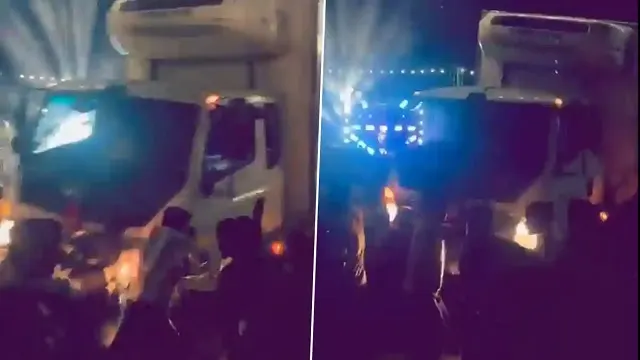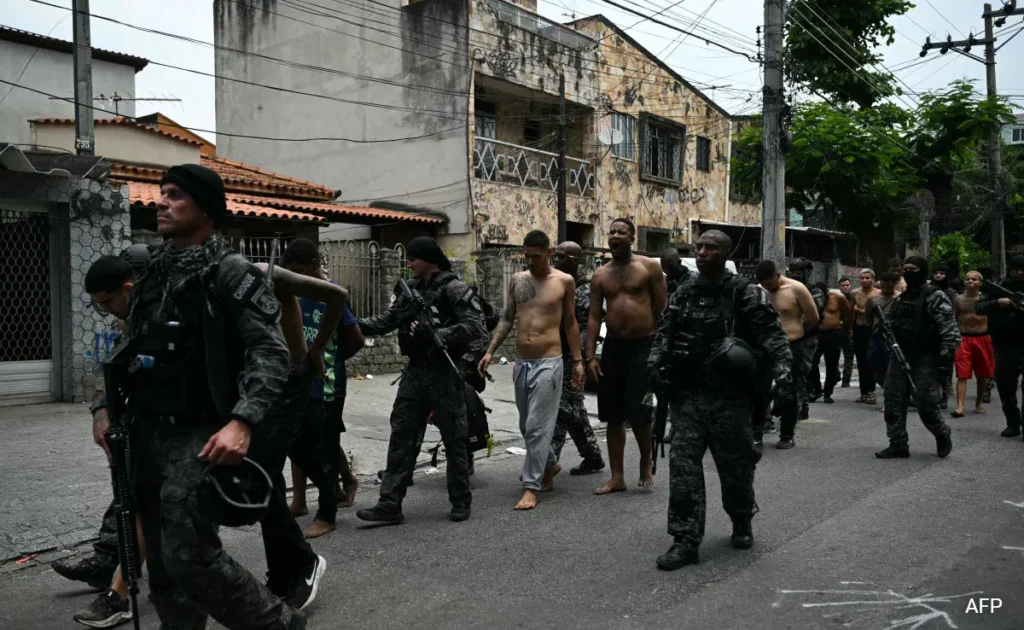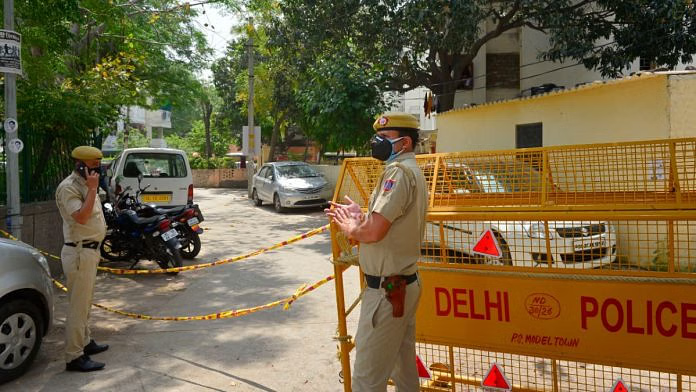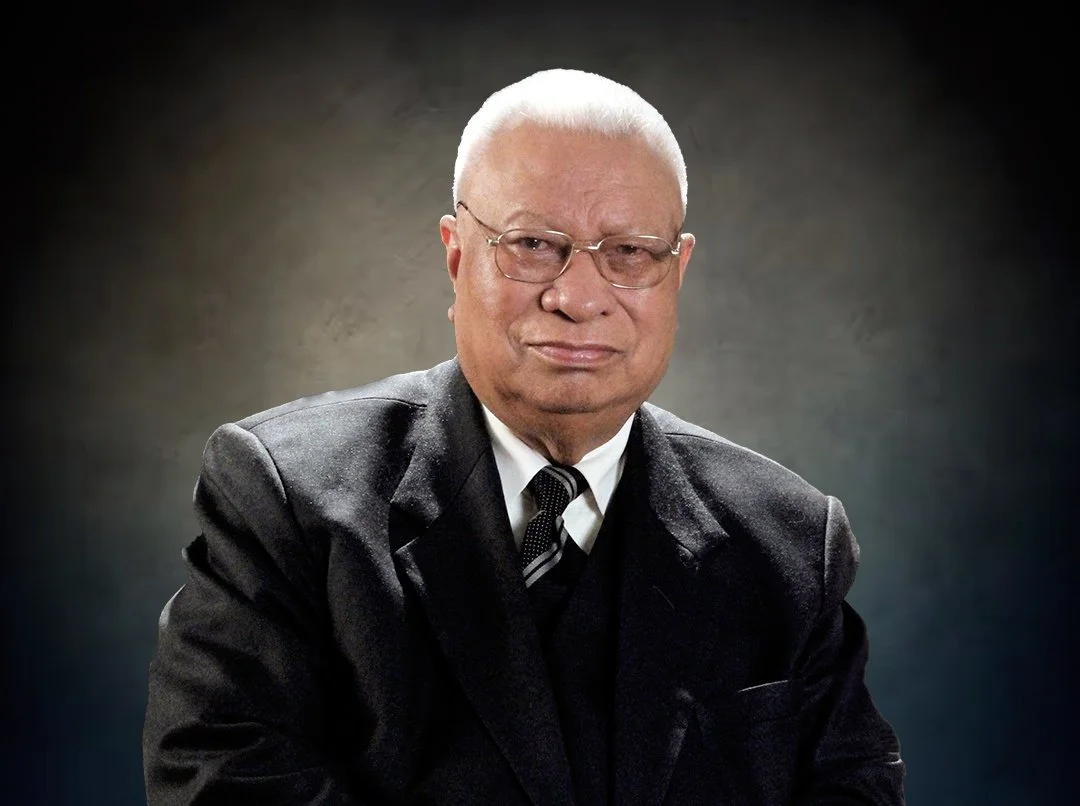Now Reading: Tragedy in Hassan: Truck Hits Ganpati Procession, 9 Dead, Several Injured
-
01
Tragedy in Hassan: Truck Hits Ganpati Procession, 9 Dead, Several Injured
Tragedy in Hassan: Truck Hits Ganpati Procession, 9 Dead, Several Injured

A joyous Ganpati immersion procession in Hassan district turned into a nightmare on Friday night when a tanker lorry rammed into devotees, killing nine people and injuring 22. The incident took place in Mosale Hosahalli village during the final day of Chaturthi celebrations. Families are in grief, hospitals are stretched, and the community is asking tough questions about safety.
What Happened
The procession was heading for immersion when the tanker, reportedly losing control, ploughed into the crowd. It happened around 8.45 pm. Many victims are young people, including engineering students returning from the event. Emergency services reached the location quickly and rushed the injured to nearby hospitals.
Local Impact and Community Response
Villagers are shocked. In smaller towns like Mosale Hosahalli, festivals are deeply communal affairs, and a single accident like this shakes collective confidence. Local leaders have called for better road safety, especially during large gatherings. Hospitals in the area are overwhelmed, and many injured are in serious condition.
Authorities’ Actions
State officials condemned the incident. Compensation has been announced for families of the deceased and for the injured. Investigations are underway to understand how the lorry lost control—whether due to mechanical failure, driver error or negligence in road management. Police say a case is registered and will determine accountability.
Road Safety in Tier 2 and Rural Settings
This isn’t the first time an accident during a religious procession has raised safety concerns. In many parts of rural and semi-urban India, processions rely on ad hoc arrangements—temporary roads, little crowd control, few officials. Lighting, barricades, and clear traffic management are often missing. When large vehicles share the same roads during festivities, risk multiplies.
The Broader Question
Apart from sorrow over lives lost, such incidents spotlight preventive measures. How can local administrations improve oversight? Are traffic laws enforced properly during festivals? What infrastructure is required to ensure safety? In Tier 2 towns, resource constraints are real; solutions must be affordable and scalable.
This tragedy in Hassan is a stark reminder of how celebrations can become calamitous when safety is ignored. For communities in smaller towns, the need is not just mourning, but practical change—better road rules during events, robust emergency response, and planning that protects the joyous from turning into the tragic.

























